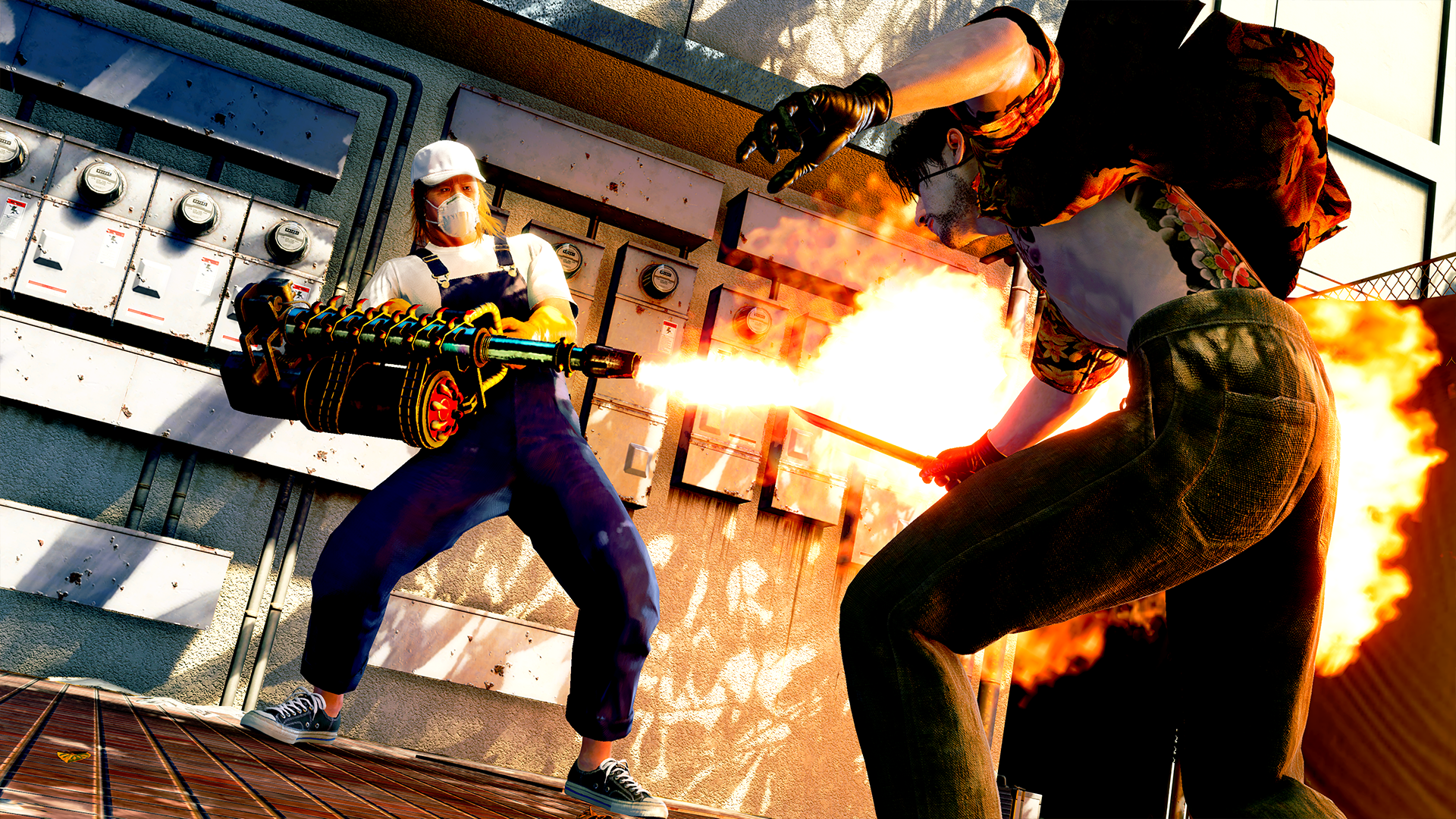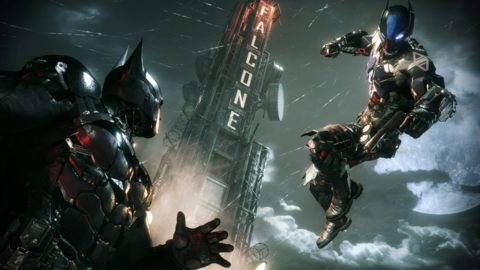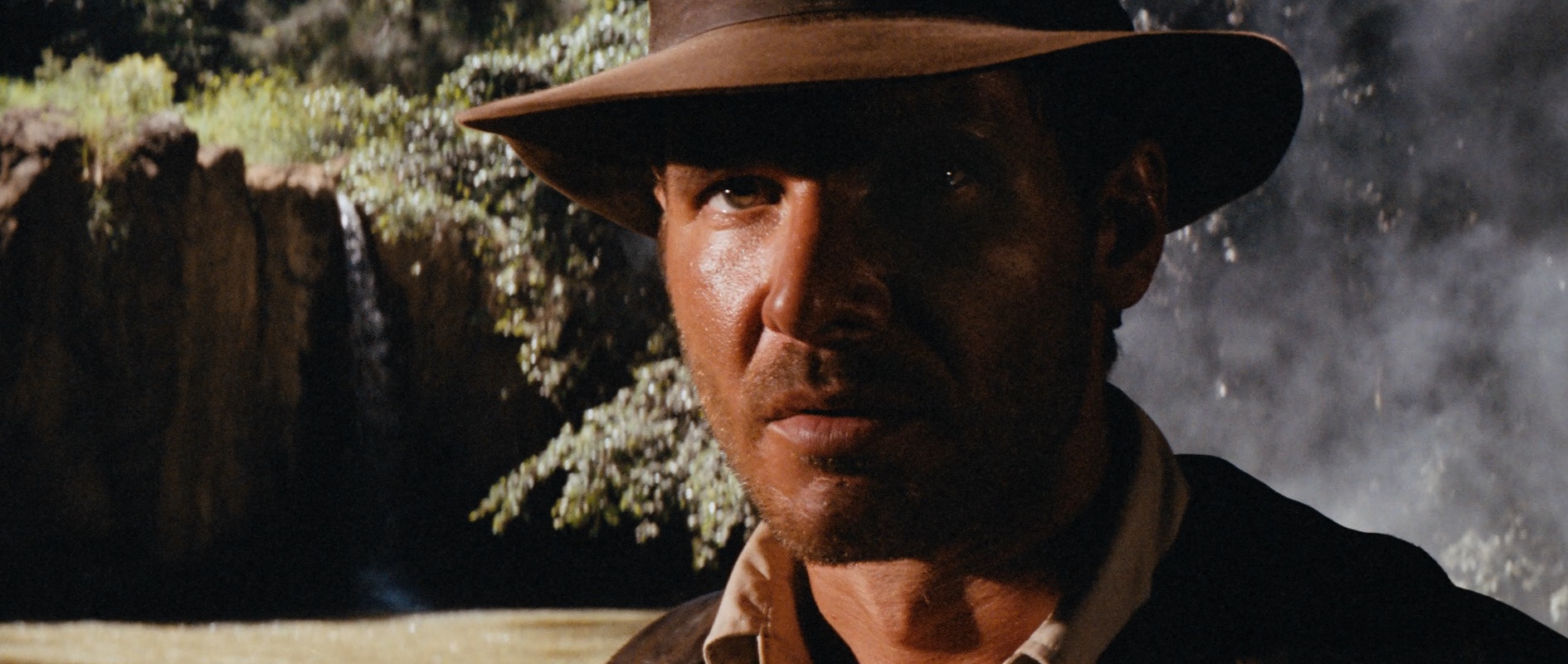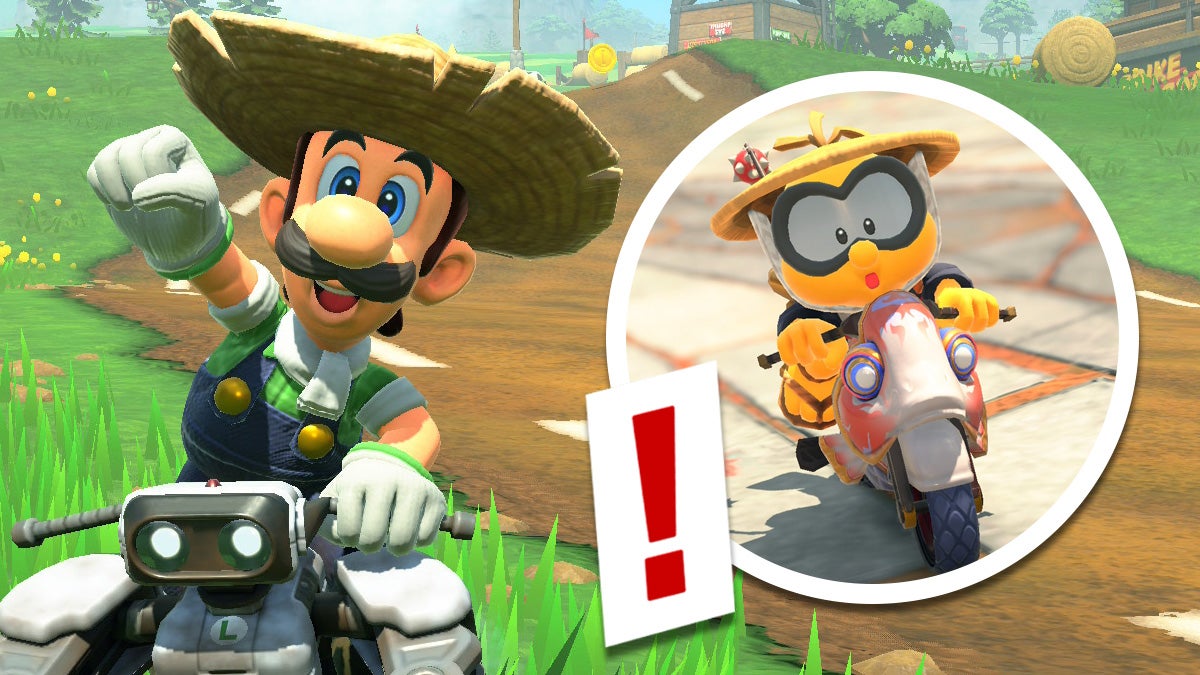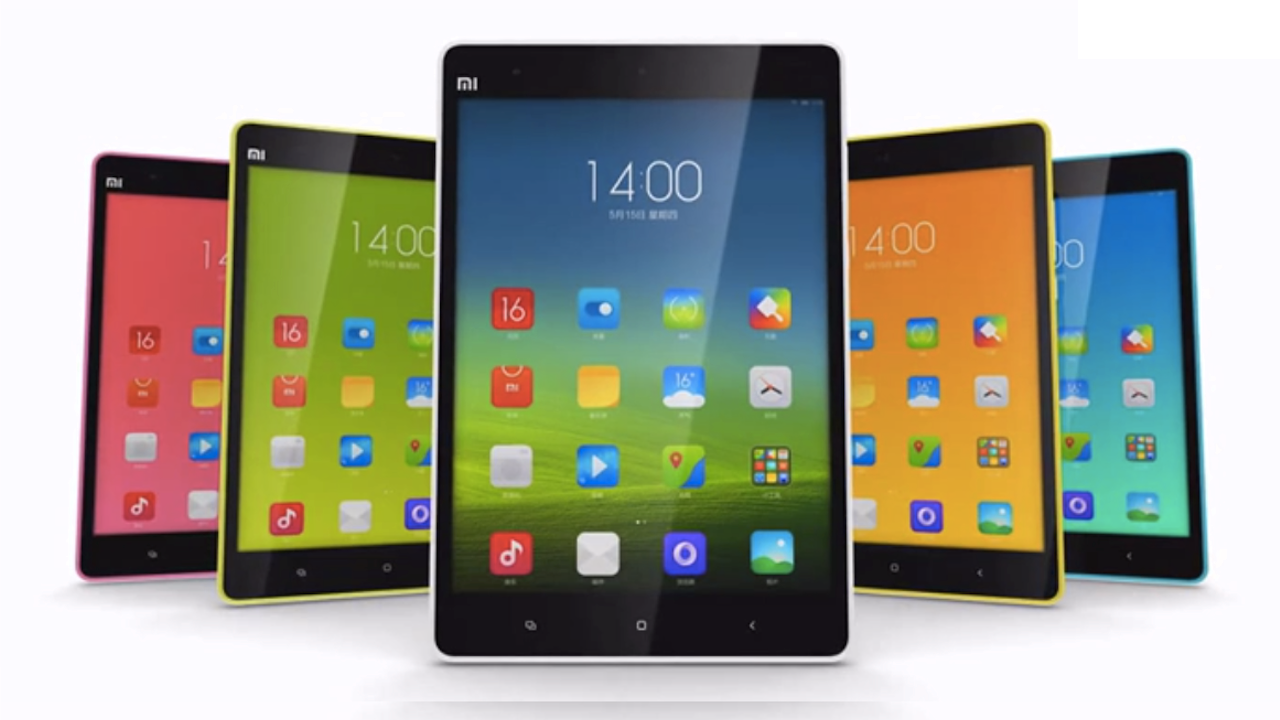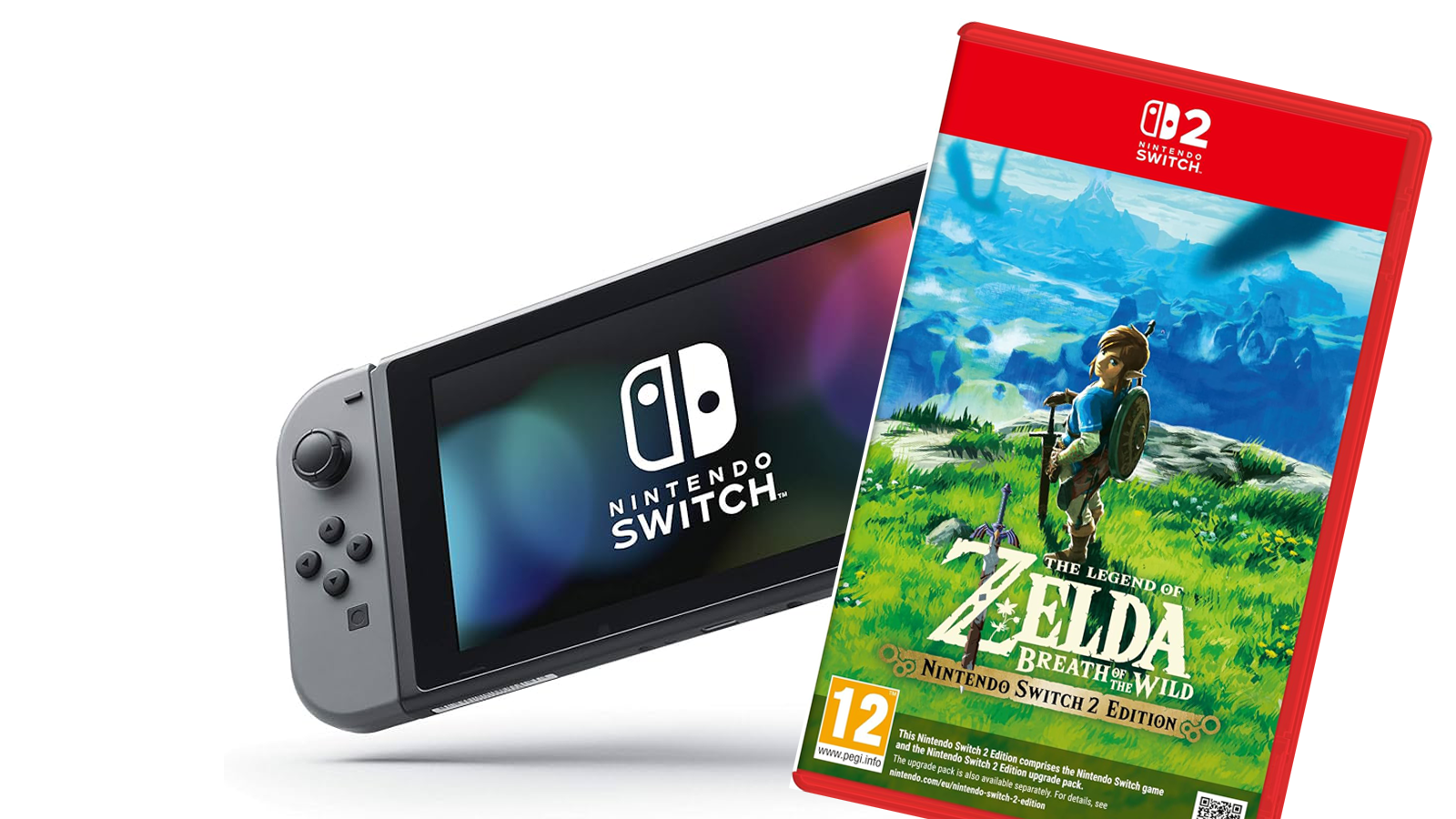
Since 2018, Like a Dragon (formerly Yakuza) has been undergoing a total brand transformation, moving away from its singular focus on Japan’s most famous criminal underworld organization and toward something less dour and po-faced. Like a Dragon: Infinite Wealth was a cheerful, determined celebration of the new series paradigm via Ichiban Kasuga and his merry band of middle-aged misfits, while also providing a fitting and emotional sendoff for longtime franchise protagonist Kazuma Kiryu. By the time we rolled credits on the game, it seemed like a perfect place to bookend what once was in order to make room for what comes next.
At least, that’s what we thought Ryu Ga Gotoku Studio was going to do, until they announced Like a Dragon: Pirate Yakuza in Hawaii. This sidequel to Infinite Wealth features ex-Tojo executive Goro Majima befriending a kid, donning a pirate hat, and sailing the seven seas after an accident strips him of his memory — and all the attendant series baggage that goes with it. For the first time since Yakuza Kiwami 2, players get to play as Majima, and for the first time since Yakuza 0, we learn what the man is really like underneath all the yakuza-themed guff. Pirate Yakuza in Hawaii is one final loose thread to place in the tapestry of the old Yakuza games, and it is a wild ride indeed.

Sega marketed this game as a “side story,” which is an interesting choice given the sheer volume of stuff to do. In addition to a roughly 20-hour main storyline, there are 31 sidequests, a B-plot involving a totally different group of rogue and ruthless pirates from the main story’s group, four land-based explorable locations, and nine different water areas to sail through. Majima can collect Honolulu PD bounties on criminals too dangerous for the cops to apprehend, build up relationships with his most prized crewmembers through the Drink Links system, or become a social butterfly through Aloha Links, and search for buried and hidden treasure everywhere — even on rooftops. And that list of activities isn’t even really scratching the surface of what’s available. Someone with the time could easily put 50 to 70 hours into playing just all the side content, including repeatable activities like karaoke, darts, all the Sega arcade classics dotted around the map, and the 15-game Master System emulator in Majima’s hideouts.
The main game is pretty neatly divided into two separate modes across four or five chapters: classic Yakuza brawling and Various Pirate Activities™. When Majima is engaged in the former, fists are flying in a fairly familiar fashion. But when the crew of the Goromaru sets sail, that’s when the game really kicks into high gear and shows us what it’s doing to set itself apart from the rest of the franchise.
To start, the game tries to impress upon players that a captain is only as good as his ship — and vice versa. You will put a significant amount of time into finding crewmembers and grinding for money and materials to upgrade Majima’s skills and the Goromaru’s durability and weapons systems. Prospective crewmembers will not always automatically join your ship; they will occasionally want to see you do something like reach a certain notoriety level, or demand something like “get me a really rare item to show me you can find unique and valuable treasure,” or “fight me to prove your worth.” Once you do what they tell you, they join your crew permanently, but that’s just the first step. Then you actually have to fight other pirate ships in order to level the crew up, eventually raising a squad of hardened fighters and ship operators.

The naval combat itself really shines. To be clear, this is not a simulator in the way something like Sea of Thieves is, where sailing requires you to maintain a pretty weighty level of control over a bunch of different interconnected systems and cooperate with other real people to make things work. Instead, Majima steers the boat and gives orders to fire weapons and make repairs when necessary. Most of the time you’re sailing, the perspective is a fairly distant third person, but you can switch to Majima’s point of view in emergencies, like putting out fires on deck or raising knocked-out crewmembers.
This simple control scheme does a lot to make the actual combat side of sailing in Pirate Yakuza feel excellent. The ship itself is nimble and highly maneuverable; Julie, from Julie’s Autoworks (she’s been in the recent Like a Dragon games as the weapons artificer), installed rocket boosters to the bottom of the boat to allow your ship to achieve bursts of speed and the ability to drift like a BMX bike down at the old wash. In some naval battles, you can actually take a boarding party aboard the enemy ship and engage in combat that feels similar to musou battles, and this kind of fighting even extends to treasure hunts and more extensive land battles with Devil Flags pirates (the group of rogue and ruthless pirates involved in the B-plot).
Truth be told, I like the combat better in Pirate mode than when Majima is just walking around by himself, dealing damage to a random bunch of strangers with notions. Hand-to-hand combat in Pirate Yakuza started off easy and got even less challenging as I upgraded Majima’s skills. While this was great for keeping most regular fights quick and clean in order to get from point A to point B without having to stop all the time, I never found myself facing a truly formidable boss. While I made up an in-world justification for this power differential as I was playing – Majima’s still a god among ex-Yakuza, having forged himself in the crucible of a lifelong rivalry with Kiryu, and all these wannabe pirates ain’t shit, comparatively – the more I reflect on it, I realize I had a similar problem with the combat in Lost Judgment and other recent Like a Dragon titles. New pirate career or not, amnesia or not, Majima is 60 goddamn years old, for Pete’s sake, and he’s moving around with the agility and lethality of a man a third his age. He even has his own form of Spidey-sense when guns are drawn on him! Just absolutely overpowered.

There is so much to love in Pirate Yakuza in Hawaii. It is so much more than a silly diversion to tide fans over between mainline entries. It presents players with complex systems in a very matter-of-fact way. It just nonchalantly features an entire naval combat system that would make certain “AAAA” game designers jealous. And it deepens our understanding of one of the Like a Dragon series’ most beloved and complicated guys right as he sails into the sunset.
What kind of guy is Majima? The answer is simple: He’s the kind of guy who would put on a pirate hat and steal a pirate ship to make a kid’s dream of seeing the world come true. He’s the kind of guy who would fight to the death on your behalf if he likes you enough. He’s the same Majima we’ve always known, but in Pirate Yakuza in Hawaii he has the freedom to be the best version of that he can be. And if Pirate Yakuza in Hawaii accomplishes anything, it’s this: It asks what Ryu Ga Gotoku Studio is going to do with this franchise now that it has moved beyond only focusing on the Yakuza. And I think the answer is now quite simple and clear. They’re going to do anything they want, and it’ll probably be a blast.
Like A Dragon: Pirate Yakuza In Hawaii will be released Feb. 21 on PlayStation 4, PlayStation 5, Windows PC, Xbox One, and Xbox Series X. The game was reviewed on Xbox Series X using a pre-release download code provided by Sega. Vox Media has affiliate partnerships. These do not influence editorial content, though Vox Media may earn commissions for products purchased via affiliate links. You can find additional information about Polygon’s ethics policy here.
Source:https://www.polygon.com/review/524493/like-a-dragon-pirate-yakuza-in-hawaii-review